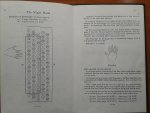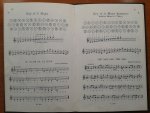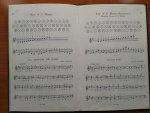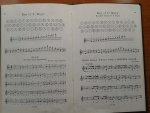S
simonking
Guest
I was in the library the other day and saw a little old book (more of a pamphlet really) called First Steps: Chromatic Accordion. Its only for C system but thought it might be useful for somewhere to start with scales and fingering on that. Only a few pages look like theyre any use - most of the rest is the usual stuff about music notation/theory that people either already know well or need to learn from another book. Here are the useful bits (I had to resize them in order to upload) - I dont play chromatic so forgive me if its outdated or controversial!




